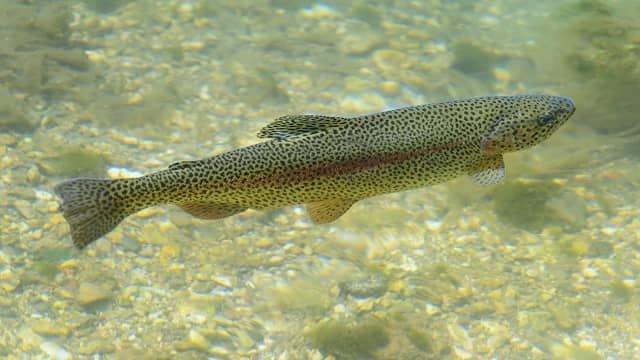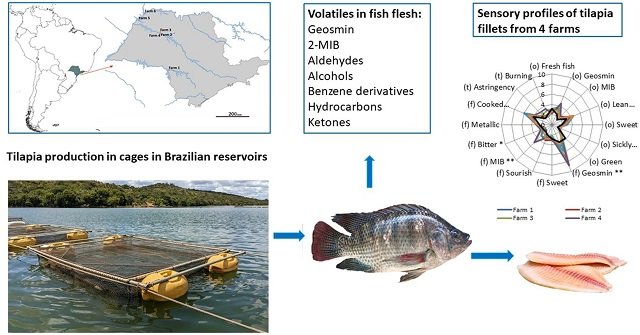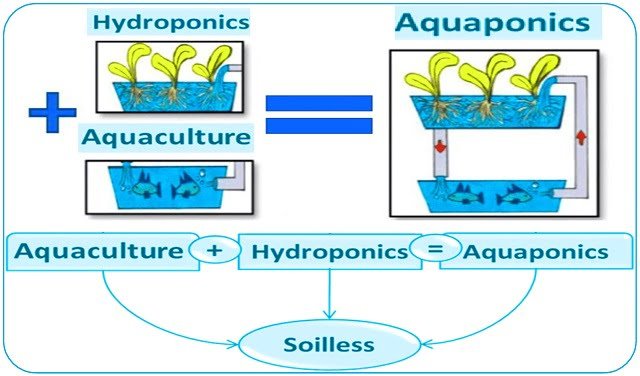
One of the main weaknesses of fish produced in recirculating aquaculture systems (RAS) is the accumulation of unpleasant flavors in the fish’s muscular tissue.
Although unpleasant flavors are not toxic at low concentrations, they often give the fish’s muscle flavors such as earthy, muddy, and other undesirable tastes.
A team of researchers from the Natural Resources Institute Finland (Luke) and the University of Turku studied changes in the sensory attributes’ quality of trout during the purging period and compared the results with the content of compounds responsible for the off-flavor in fish raised in RAS.
Compounds responsible for off-flavor
Compounds that give off-flavor to fish raised in RAS are produced by microbial activity in the culture water and biofilms.
These compounds are typically produced as metabolic byproducts of certain microbial species such as Cyanobacteria, Actinobacteria, Myxobacteria, and Sorangium.
Dozens of compounds have been identified as causes of off-flavor in fish produced in RAS. These flavors are induced by geosmin (GSM) and 2-methylisoborneol (MIB).
Perception of fish off-flavor
Off-flavors in fish can be perceived differently from one person to another, and off-flavor compounds can create different sensations in various fish species.
Stay Always Informed
Join our communities to instantly receive the most important news, reports, and analysis from the aquaculture industry.
On the other hand, the lipid content in fish can also affect the intensity of the off-flavor sensation by increasing the sensory threshold due to the increase in lipid content.
According to reported studies, the sensory threshold values, especially for GSM and MIB, are very low, with concentrations of 1.3-4.0 ng/L (GSM) and 6.3-15 ng/L (MIB) in water and 250-900 ng/kg (GSM), 700 ng/kg (MIB) in fish muscle.
Effects of purging
According to the study results, during the purging process, the highest amount of compounds and the highest concentrations were found at the beginning of the purging period. Furthermore, all detected concentrations decreased during purging, and for most compounds, the concentrations decreased below the limit of detection (LOD).
“Low concentrations of GSM and MIB were found in the water even at the end of purging. This was probably due to the concentrations found in the incoming water since the purging period was conducted in continuous mode, and the water was directly fed into the purging tank,” they highlighted.
They also reported, “The intensities of fishy odor, fishy taste, and greasy taste increased during purging. This may be due to the decreasing concentrations of off-flavor compounds, allowing the fishy odor, fishy taste, and greasy taste to become more distinguishable in the samples.”
Sensory analysis
The study combines the results of sensory analysis conducted by trained panelists and chemical analysis. It provides valuable information on which compounds lead to sensations considered as unpleasant flavors and odors.
According to the scientists, the findings can help fish producers evaluate and improve their purging procedures and offer high-quality fish to consumers.
As reported by the authors of the study, “These results do not allow recommending a specific purging time, but the appropriate purging time should be determined on a case-by-case basis. In addition to sensory evaluation, producers could benefit from more extensive chemical analyses for the assessment of off-flavors and sufficient purging time.”
Conclusions
The study reports the investigation of off-flavors in rainbow trout raised in RAS through chemical analysis (14 selected compounds) and sensory profiles conducted by trained panelists (29 identified sensory properties).
“The concentrations of all selected compounds decreased during purging, some below the LOD and others (acetoin, hexanal, octanal, octanoic acid, PhenA, α-terpineol, and vanillin) to low levels. This is likely explained by the low concentrations of these compounds found in the incoming water,” they conclude.
They also highlight that the intensities of typical sensory properties of rainbow trout, such as fishy odor and taste, as well as greasy odor, increased during purging.
However, the researchers recommend further investigation to determine the maximum concentrations of off-flavor compounds regarding consumer acceptance.
The study was funded by the European Union through the European Maritime and Fisheries Fund.
Contact
Petra Camilla Lindholm-Lehto
Aquatic Production Systems
Natural Resources Institute Finland (Luke)
Helsinki, Finland
Email: petra.lindholm-lehto@luke.fi
Reference (open access)
Petra Camilla Lindholm-Lehto, Nora Logrén, Saila Mattila, Jani Tapio Pulkkinen, Jouni Vielma, Anu Hopia, “Quality of Rainbow Trout (Oncorhynchus mykiss) Reared in Recirculating Aquaculture System and during Depuration Based on Chemical and Sensory Analysis“, Aquaculture Research, vol. 2023, Article ID 3537294, 13 pages, 2023. https://doi.org/10.1155/2023/3537294
Editor at the digital magazine AquaHoy. He holds a degree in Aquaculture Biology from the National University of Santa (UNS) and a Master’s degree in Science and Innovation Management from the Polytechnic University of Valencia, with postgraduate diplomas in Business Innovation and Innovation Management. He possesses extensive experience in the aquaculture and fisheries sector, having led the Fisheries Innovation Unit of the National Program for Innovation in Fisheries and Aquaculture (PNIPA). He has served as a senior consultant in technology watch, an innovation project formulator and advisor, and a lecturer at UNS. He is a member of the Peruvian College of Biologists and was recognized by the World Aquaculture Society (WAS) in 2016 for his contribution to aquaculture.




